Published
12 .Apr.2022Multi-species sward - Frequently asked questions
With more and more farmers looking to take advantage of sowing multi-species and herbal rich grassland, we have put together some of the most common questions
Frequently asked questions about herb-rich grassland
Herb-rich grassland is still new to many farmers, which is why there are still many questions about this crop. We answer the most frequently asked questions here.
Do you have a question about herb-rich grassland that you would like to see answered? Then ask us your question via our social media channels or call us today!
Can I ensilage herb-rich grassland?
Yes, herb-rich grassland can be silaged, but there are several things to keep in mind. For example, the crop must be mown under dry conditions and given sufficient time to dry on the land. This is important because herb-rich grassland has a dry matter content that is about 3-5% lower than perennial ryegrass. As a result, the moisture percentage of herb-rich grassland is somewhat higher. When the crop is wet, it cannot be ensiled properly. Herb-rich grassland lends itself best to grazing, but if done correctly, a surplus can be used as silage.
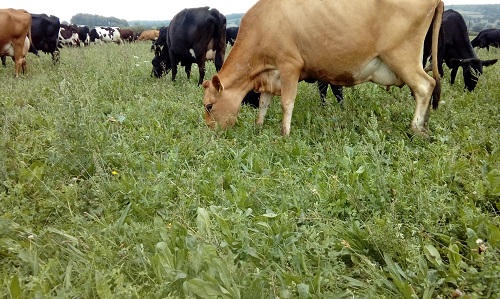
What should the dry matter content of herb-rich grassland be for ensiling?
Aim for a dry matter content of 25-35% for a successful silage of herb-rich grassland.
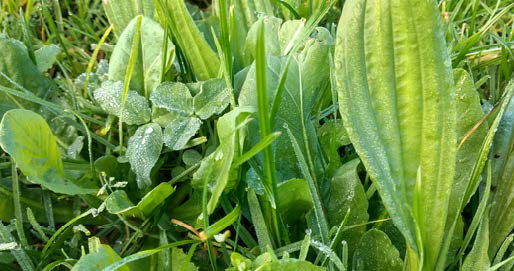
What is the longevity of herb-rich grassland?
With good management you can keep grasses and white clover for about 7-10 years, for red clover and herbs this is about 3-4 years. The species with a shorter constancy can easily be overseeded when their presence declines. The savings on fertilization alone more than outweighs the costs of overseeding once every 3 or 4 years.
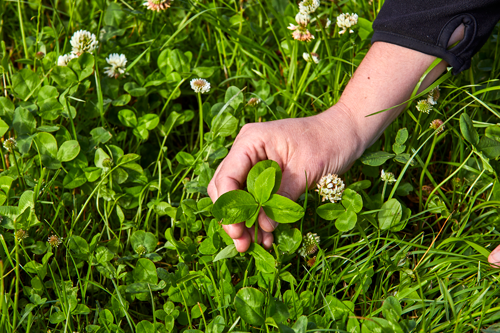
Can I overseed herbs in a grass clover meadow?
Yes, first loosen the grassland using a weeding harrow. Overseeding with a seeder improves the soil contact of the seed, increasing the germination percentage. It is important that the new seedlings get enough sunlight and experience as little competition as possible from the existing grassland, so:
- Sow after mowing or grazing (make sure the grass is no longer than 4-5 cm);
- Roll the grassland to improve soil contact with the seed;
- Graze again shortly after overseeding, so that the seedlings face as little competition as possible from the existing grassland.
How much nitrogen can I save with herb-rich grassland?
It is possible to save 150-200 kg of nitrogen per hectare per year (compared to a 100% perennial ryegrass grassland), without losing yield. A light nitrogen fertilization (fertilizer or slurry) in the spring is needed to feed the grass, which is the dominant species in the grassland at that time.
Are herbal leys/multi-species swards good for Pollinators?
Yes, pollinators love clover, which blooms in the grassland from early summer into fall.
Isn't plantain a weed?
No, plantain has several advantages in an herb-rich grassland such as a high mineral content and a high drought tolerance. The varieties in our mixtures have been specially bred for grazing and therefore have a great taste for the cows.
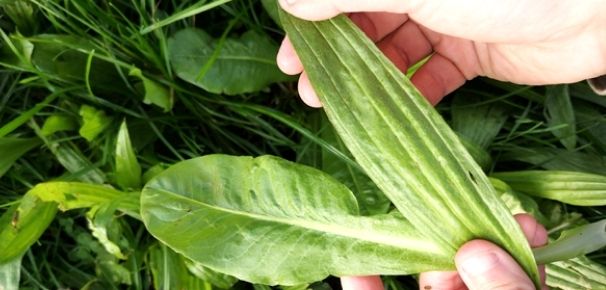
What pH is needed for an herb-rich grassland?
The pH for each grassland is between 6 and 6.5 for maximum yield. At a higher or lower pH, grassland will also grow, but then the pH value will have a negative effect on the yield or the nutritional value of the grassland. This applies to both standard grasslands and herbaceous grasslands.
Do cows like herb-rich grassland?
Cows love herb-rich pasture! Species such as chicory and clover are very tasty for cows, which means that the total intake by the cows is higher. 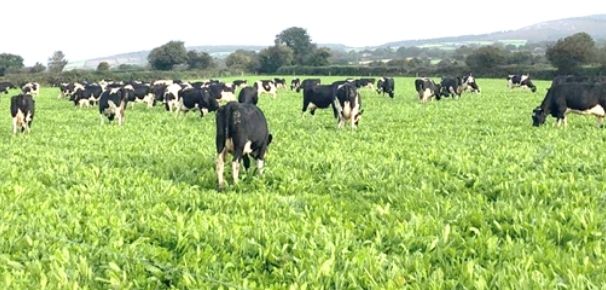
Does herb-rich grassland cause discoloration in the milk?
No
